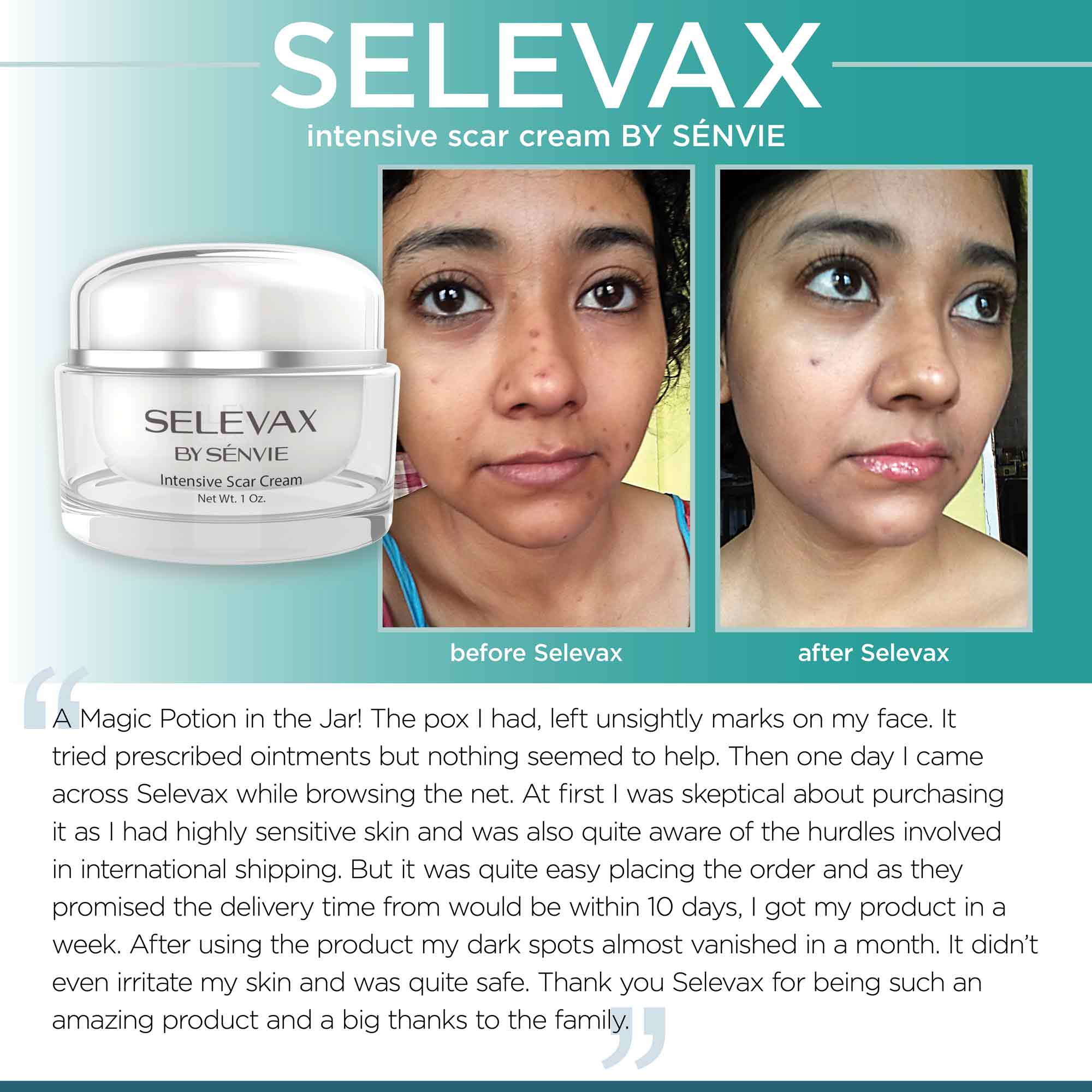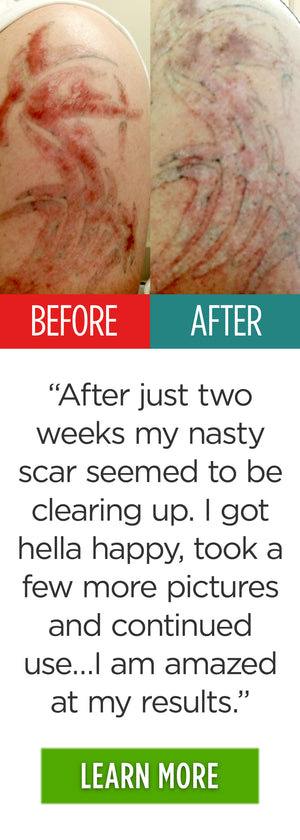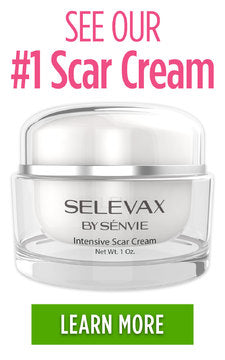Scars 101: The Anatomy of a Scar - Scarring Definition, Tips and Advice
Posted on 22 January 2016 by Maryanne Johnson
Share this post
There are very few people who survive their lives without developing a visible scar or two. (Of course emotional scars can also be debilitating, but we’re talking about physical scars caused by daredevil stunts performed as a kid, acne scars that serve as a regular reminder of puberty or surgical scars that we say are badges of honor but we secretly wish would just go away.)
In truth, many of us would love to find a magic formula to erase scars once and for all, and there are many products on the market that promise to do so, but reality says we can only help improve the appearance of scars with treatments.
In most cases, our scars are here to stay.
Why Do Scars Form?
Scars form when the dermis, the middle layer of skin beneath the epidermis, is damaged, and are related to the healing process.
After an injury, the body goes through steps to help knit the skin back together again by producing collagen proteins, and the level of scarring is determined by how much collagen is produced.
“Think of it as a type of human cement utilized by the body to fill a hole, the wound,” wrote Dr. Robert Tornambe, a New York City-based plastic surgeon, on The Huffington Post.
The process of healing is slow, however, and the collagen that forms the bridge between one side of the wound and another usually has a different color and texture than other skin cells.
Over time, however, the scar – which is often a darker color than surrounding skin during early phases – will eventually fade, often until it is barely noticeable.
Why Do Scars Itch?
Scars can itch for a variety of reasons, including the healing process itself, which can impact nerve endings, triggering itching or pain.
Itching can be an especially big problem for burn scars, according to a study from Texas researchers.
According to the study, which focused on 23 burn scar survivors, 87 percent experienced inching of scars on a daily basis, while 96 percent has three or more daily episodes of itching during the years required to heal their scars.
For 84 percent of the 23 people surveyed, the itching was considered unbearable.
While itching is part of the healing process, it is hard to treat, but keeping skin moist and supple by using wound-friendly topical treatments will help alleviate tightness, allowing skin to stretch and move without irritating nerve endings, so pain and itching is kept to a minimum.
How to Avoid Scarring
If you injure yourself, you can take steps to reduce the chances of a wound leaving behind a scar in its wake.
The best preventative, experts say, is caring for a wound properly.
A deep wound will be less likely to scar with sutures, which reduce the dimension of a wound – and the collagen production associated with it.
For minor wounds, according to WebMD.com, wash the injury gently with soap and water, then cover the wound up to prevent bacteria and other irritants from coming into contact with it, at least during the first few days of healing.
Using a hydrating agent such as aloe or antibacterial gel will help keep the wound moist, which will reduce the likelihood of scarring.
Once a scab has formed, resist the urge to pick. The scab is there as part of the healing process, and it is protecting the damaged skin beneath.
Picking it not only increases your chances of scarring, it could lead to a larger scar.
Remember that some of the scarring process is out of your hands, however. Some of us are more prone to scarring than others, and some areas of the body are more likely to scar than others when injured.
“Scars tend to develop more frequently in areas of skin that are under tension or pull,” according to Maryland dermatologist Dr. Valerie D. Callender, adding that the back and shoulders are especially susceptible to scarring.
Tips to Help Erase Scars
There are several different types of scars, and the kind of scar you have will determine how well treatments to improve its appearance will work.
Flat, pale scars – thin, white lines that are the result of skin knitting back together - are the most successful representations of healing, and will likely respond best to treatment.
Acne scars that are revealed through dark or discolored marks will also be fairly simple to almost completely erase.
When scars are raised – the result of an ,overabundance of collagen production – they are more difficult to improve, but the right treatments can yield real results.
There are a wide range of treatment options for the removal of scars.
Plastic surgeons can improve the appearance of many scars with scar revision surgery – best suited to serious scars such as burn scars or facial scars, dermabrasion to resurface the skin, laser treatments, fillers, steroid injections and topical treatments.
Our Best Scar Cream
There are a wide range of scar treatment products on the market, making the landscape confusing for someone looking for options.
The most effective, however, most experts say, are those containing silicone, which creates a protective layer that traps moisture in but still allows oxygen to feed the skin cells at the surface and assist in further healing.
Silicone gel is effective at treating acne scars, keloid or other raised scars, burn scars, surgery scars and scars that have healed fairly well.
The most effective silicone-based products also contain gentle moisturizers and natural anti-inflammatories to help erase the discoloration that is often associated with a scar while helping boost cell turnover to reveal healthy skin beneath.

Selevax, available here, features aloe to help ease inflammation, shea butter, sunflower oil and arnica oil to help moisturize skin while encouraging advanced healing, dimethicone, a mineral-based silicone to hold in hydration. It also contains antioxidants like vitamins C and E to help fight free radicals and increase skin’s healing power and vitamin D3 to increase skin’s strength.






2 comments
yes it will the cream has worked for a good friend of mine who I gave it to she had a bad scar on her foot.
I have three small hypo pigmented ( white) scars caused by laser burns
They are the chin area of my face
They are 3 years old
Do you think this cream will help with their appearance or is it too late